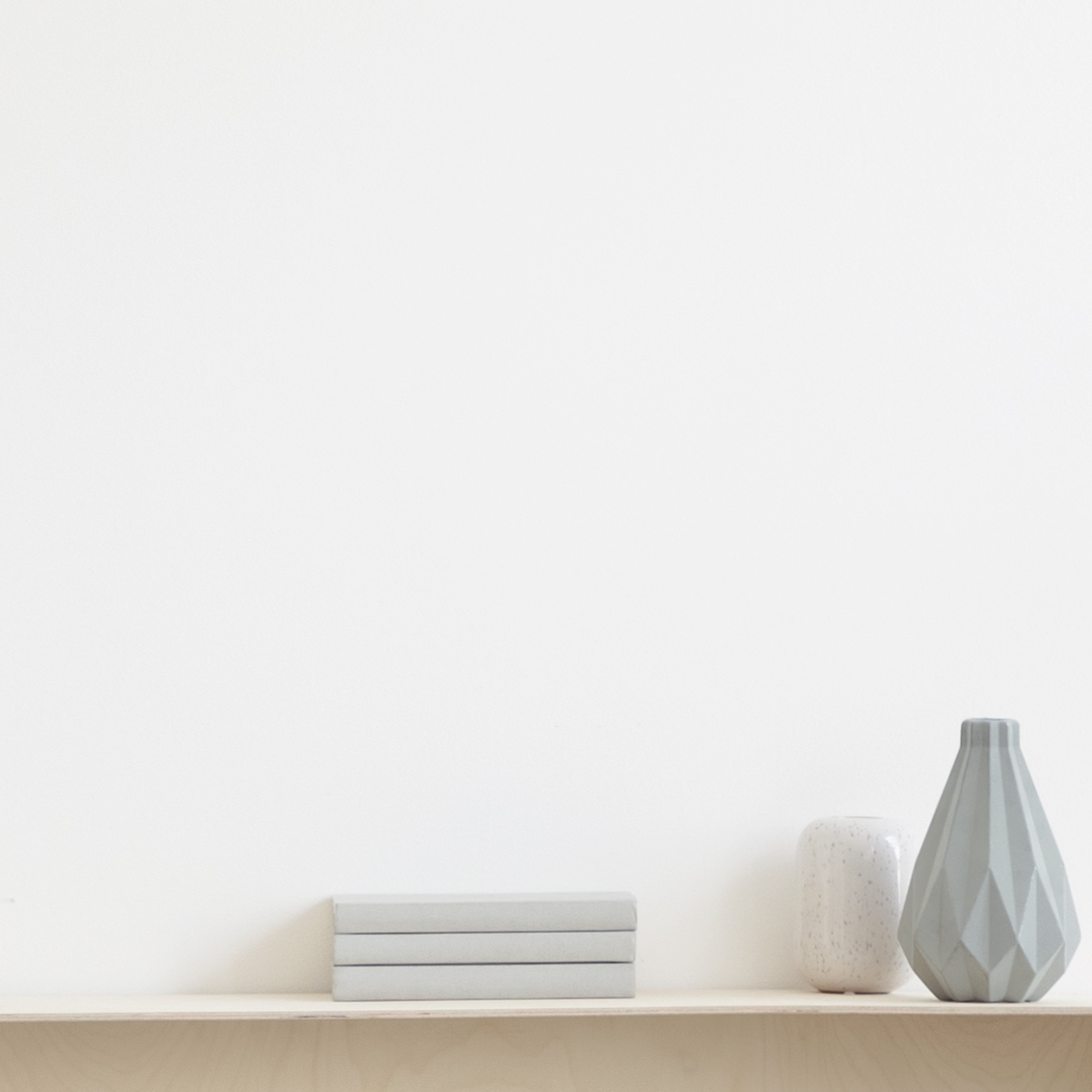Seller Pascal Lagesse
-
Original Artwork
Painting,
Acrylic
on Canvas
- Dimensions Height 11.8in, Width 15.8in
- Artwork's condition The artwork is in perfect condition
- Framing This artwork is not framed
- Categories Geometric
Related themes
ZaferZafer PaintingPascal LagesseMauritius ArtMauritius Artist
Pascal Lagesse, an artist from Mauritius. He has produced a vibrant and unique artistic style characterised by its bold use of geometric shapes, bringing a dynamic and almost architectural structure to his compositions. These geometric forms, combined with realistic perspective, create a visual harmony that allows viewers to engage with the depth and dimension of the pieces. Lagesse's work is also rich in colour, often employing bright, tropical hues that reflect his surroundings in Mauritius.
His subjects typically revolve around the lush tropical landscapes, flora, and fauna of the island, capturing the essence of its natural beauty. The colours he uses are not just aesthetic choices but are deeply tied to the emotional tone of his work, evoking feelings of joy, warmth, and serenity.
The style, which Lagesse pioneered, is both emotional and utopian. It invites viewers to experience a world that is idealised yet deeply felt. The emotional aspect of his work is conveyed through the vibrant palette and expressive forms, while the utopian quality reflects an ideal world, untouched by the harshness of reality. Lagesse’s art ultimately seeks to transport the viewer to a harmonious and idyllic realm, where nature and geometry coexist in perfect balance.
-
Nationality:
MAURITIUS

- Date of birth : 1968
- Artistic domains: Works by professional artists,
- Groups: Professional Artist Contemporary Mauritian Artists









